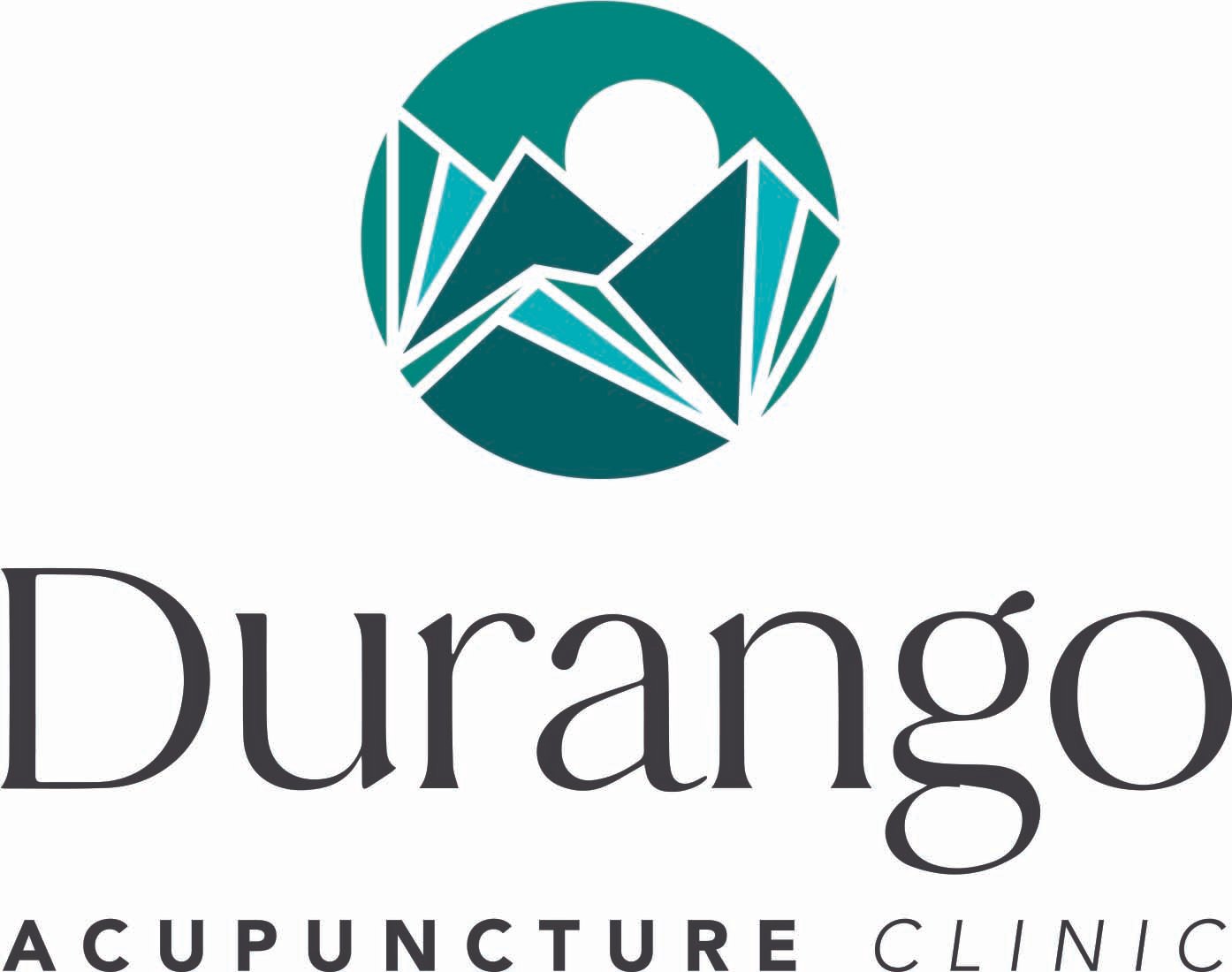Why Bio-Identical Hormone Replacement Might Be Your New BFF in Perimenopause
You know that moment when you’re standing in the kitchen, fridge wide open, and you have no earthly idea why you’re there? And then later, you burst into tears because your partner forgot to buy oat milk, followed by lying awake at 3am wondering if you should start an alpaca farm?
Yeah. Welcome to perimenopause.
Perimenopause is like that one friend who “just drops by” and overstays her welcome. She shows up anywhere from your late 30s to your mid-50s, rearranges your hormones without asking, and leaves you wondering if you’re losing your mind, your metabolism, and your ability to sleep — all at once.
The Symptom Parade 🎪
Here’s just a taste of what she brings to the party:
Hot flashes that make you want to stick your head in the freezer
Mood swings that rival a telenovela plotline
Weight gain that laughs in the face of your kale smoothies
Brain fog that makes you forget your kids’ names (briefly… probably)
Night sweats that require middle-of-the-night sheet changes
Vaginal dryness (oh yes, we’re going there)
Insomnia, low libido, and the sudden urge to throat punch people for chewing too loudly
But here’s the kicker…
These symptoms aren’t just annoying. They’re signs that your estrogen, progesterone, and testosterone are doing a slow-motion conga line out the door — and that’s not just bad for your mood, it’s bad for your long-term health.
Estrogen, for example, is like the Beyoncé of your hormones — she’s involved in bone health, heart health, brain function, skin elasticity, and yes, vaginal lubrication. Lose too much of her too quickly and you’re at higher risk for osteoporosis, heart disease, and cognitive decline. Add to that the fact that your brain is so dependant on estrogen that it will actually make you pack fat (estrogen stores in fat) onto your waistline to feed it like that carnivorous plant from little shop of horrors.
Why Bio-Identical Hormones are the Upgrade You Deserve
Bio-identical hormones are molecularly identical to the hormones your body naturally makes — which means your body recognizes them as “self,” not as some weird synthetic imposter trying to crash the party.
The big perks:
Better symptom relief without the side effects some women get from synthetics
Support for bone density so you’re less likely to snap a hip trying to roller skate at your granddaughter’s birthday party
Brain protection — estrogen is neuroprotective, meaning it helps keep your memory sharp and your mood stable
Cardiovascular health — helps maintain healthy cholesterol and arterial flexibility and aids in weight loss.
Better sleep, skin, and sex (you’re welcome)
The Myth Busting Section 🕵️♀️
Myth #1: “Hormones cause cancer.”
The Women’s Health Initiative study that freaked everyone out? It was based on synthetic hormones from pregnant horses (yes, really) combined with synthetic progestins — not bio-identical hormones. Later research shows bio-identicals do not carry the same risks and, in many cases, are safer.
Myth #2: “I’m not menopausal yet, so I don’t need hormones.”
Perimenopause can last 4–10 years. Waiting until you’re officially menopausal is like waiting to water your plants until they’re crispy.
How We Figure Out Your Hormone Story
Here’s where we ditch the “one size fits all” approach. At my clinic, I use saliva and urine testing through ZRT and DUTCH labs to get a complete picture of your hormone patterns — not just estrogen and progesterone, but cortisol rhythms, testosterone levels, and how your body is actually metabolizing these hormones.
From there, we work through a whole-body approach:
Support the HPA axis — Using targeted supplements and Chinese herbs to restore balance between your hypothalamus, pituitary, and adrenals (because stress is often the puppet master behind hormone chaos).
Nourish and detox — Making sure your liver pathways and hormone receptors are open so you can process hormones safely. Ensure that your microbiome is a happy little ecosystem.
Compounded hormone options — If needed, I can connect you with a compounding pharmacy for personalized progesterone and testosterone prescriptions in the exact dose and form your body needs.
Lifestyle shifts — Because no hormone works in a vacuum. Sleep, nutrition, movement, and stress management all play a starring role.
Bottom Line
Perimenopause doesn’t have to be a slow, sweaty, brain-fogged slide into the abyss. Bio-identical hormone replacement — combined with smart testing, HPA axis support, and targeted herbal/supplement therapy — can smooth the ride, protect your long-term health, and make you feel like you again.
If you’re tired of feeling like a hormonal crime scene, let’s test your levels and create a plan that has you sleeping, smiling, and remembering why you walked into the kitchen.
Call the clinic at 970-442-0284 or click “Schedule Now” — because you deserve to feel amazing in this next chapter.



















